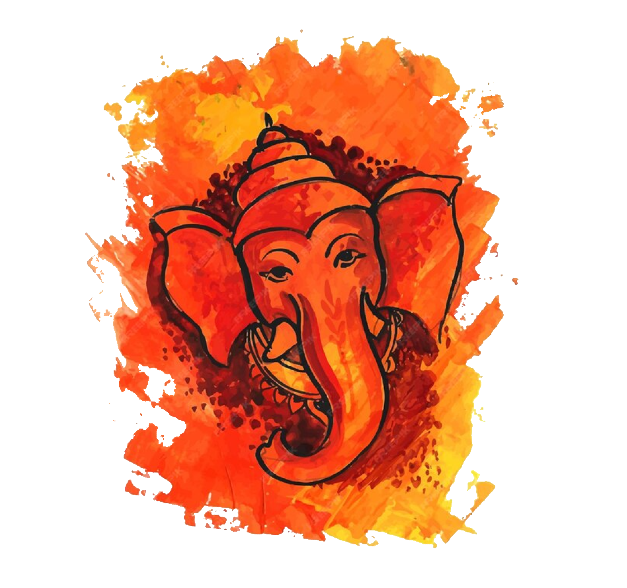
The Single Tusked Lord
Ekadanta Ganapati
Uncover the Profound Symbolism of Ganesha’s Broken Tusk
Heading for Article :-
Ekadanta Ganapati : The Single-Tusked Lord
Introduction :
Ekadanta Ganapati, the twenty-second form of Lord Ganesha among the 32 divine manifestations, is recognized by his single tusk, symbolizing his unique characteristics and attributes. This form, often referred to as the “Single-Tusked Ganapati,” holds great spiritual significance and embodies the essence of Ganesha’s benevolence.
Appearance and Attributes :
Ekadanta Ganapati exhibits several distinctive features:
Blue Complexion: He is depicted with a serene blue complexion, signifying his divine and tranquil nature.
Single Tusk: This form of Ganesha has only one tusk, representing uniqueness and individuality.
Large Belly: His unusually large belly symbolizes the entire universe contained within him, emphasizing his cosmic significance.
Four Arms: Ekadanta Ganapati is portrayed with four arms, signifying his divine strength and ability.
Axe (Kuthara): He holds an axe, representing the tool to cut the bonds of ignorance and attachments.
Modak: In one of his hands, he carries a modak (sweet dumpling), symbolizing the sweetness of wisdom that he offers to his devotees.
Prayer Beads (Japa Mala): He grasps a string of prayer beads (japa mala), signifying devotion and spiritual practice.
Worship and Significance :
Ekadanta Ganapati’s worship holds profound meaning for devotees. The single tusk signifies the shedding of one’s ego, emphasizing humility and individuality. His large belly, where the universe is contained, reminds us of the vastness of creation and the boundless knowledge and wisdom he holds.
The Ekadanta Ganapati form is revered for its benevolence and wisdom. Devotees believe that worshipping this form can help cut the bonds of ignorance, attachments, and ego, paving the way for spiritual growth and self-realization.
Dhyana Mantra :
The Dhyana Mantra for Ekadanta Ganapati underlines the essence of this form:
“Lambodaram Shyamatanum Ganesham
Kutaramakshastraja Moordhavagaatram
Saladukkam Dantamadhaha Karabhyam
Vameteraabhyam Cha Dadhaanameede.”
This mantra captures Ekadanta Ganapati’s attributes and significance in the spiritual journey of devotees.
Conclusion :
The ancient Ajanta and Ellora Caves in Maharashtra are known for their depictions of this form of Ganapati. In addition to these renowned cave temples, the Chamarajanagar and Nanjangud temples in Mysore often display sculptures of all 32 forms of Ganesha, including Ekadanta Ganapati. Worshippers hold this form dear as they seek the removal of obstacles on their spiritual path and the blessings of wisdom and humility.
Editor – Kaalchakra Team
[ Note – Before Concluding anything as a Finale, Please Go through Original Scriptures of Vaidik Literature Written in Sanskrit and Also with Meaning of That time of Language. Because English is a Limited language to Explaining the Deeper Knowledge of Vaidik Kaal. ]
